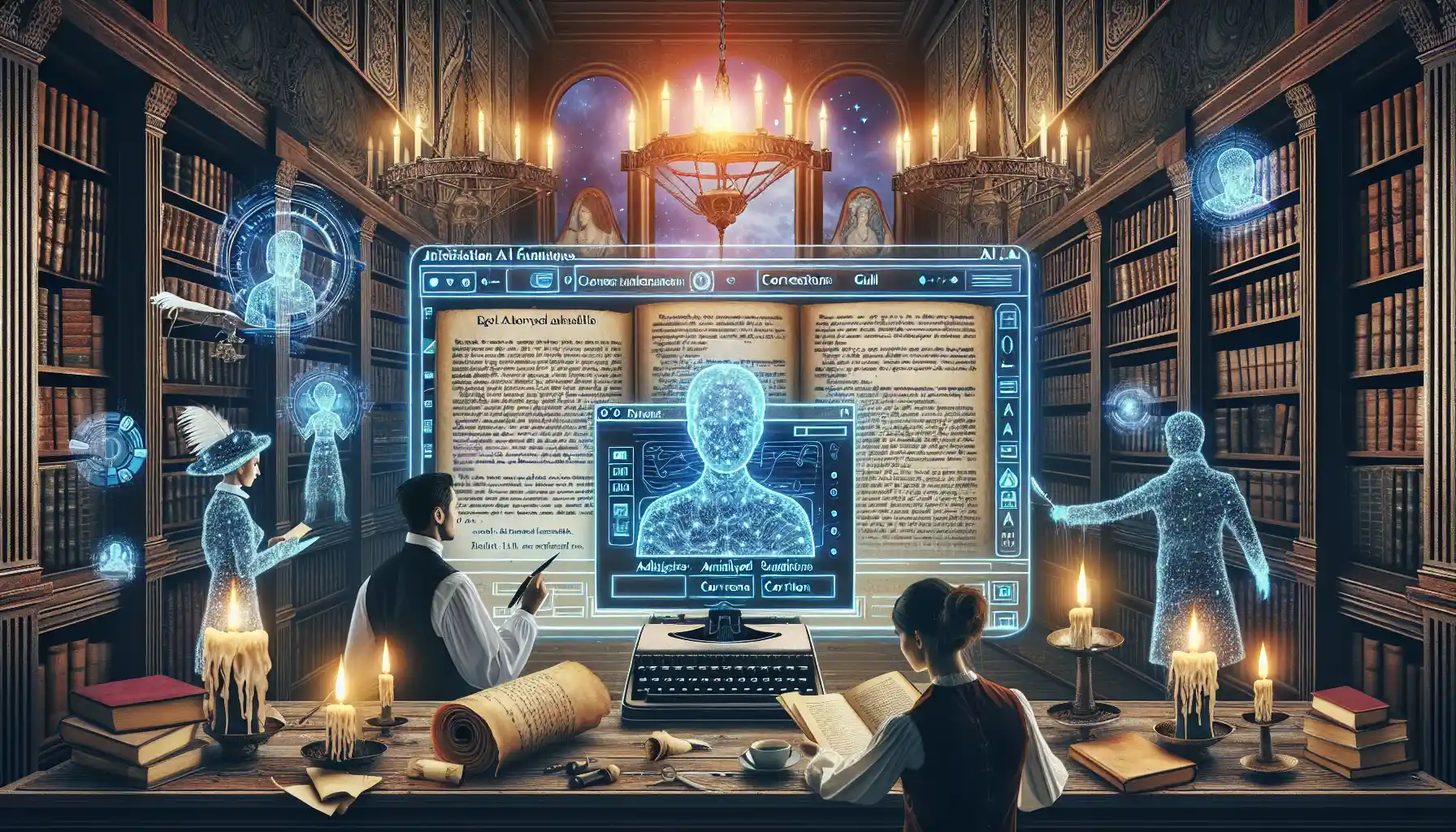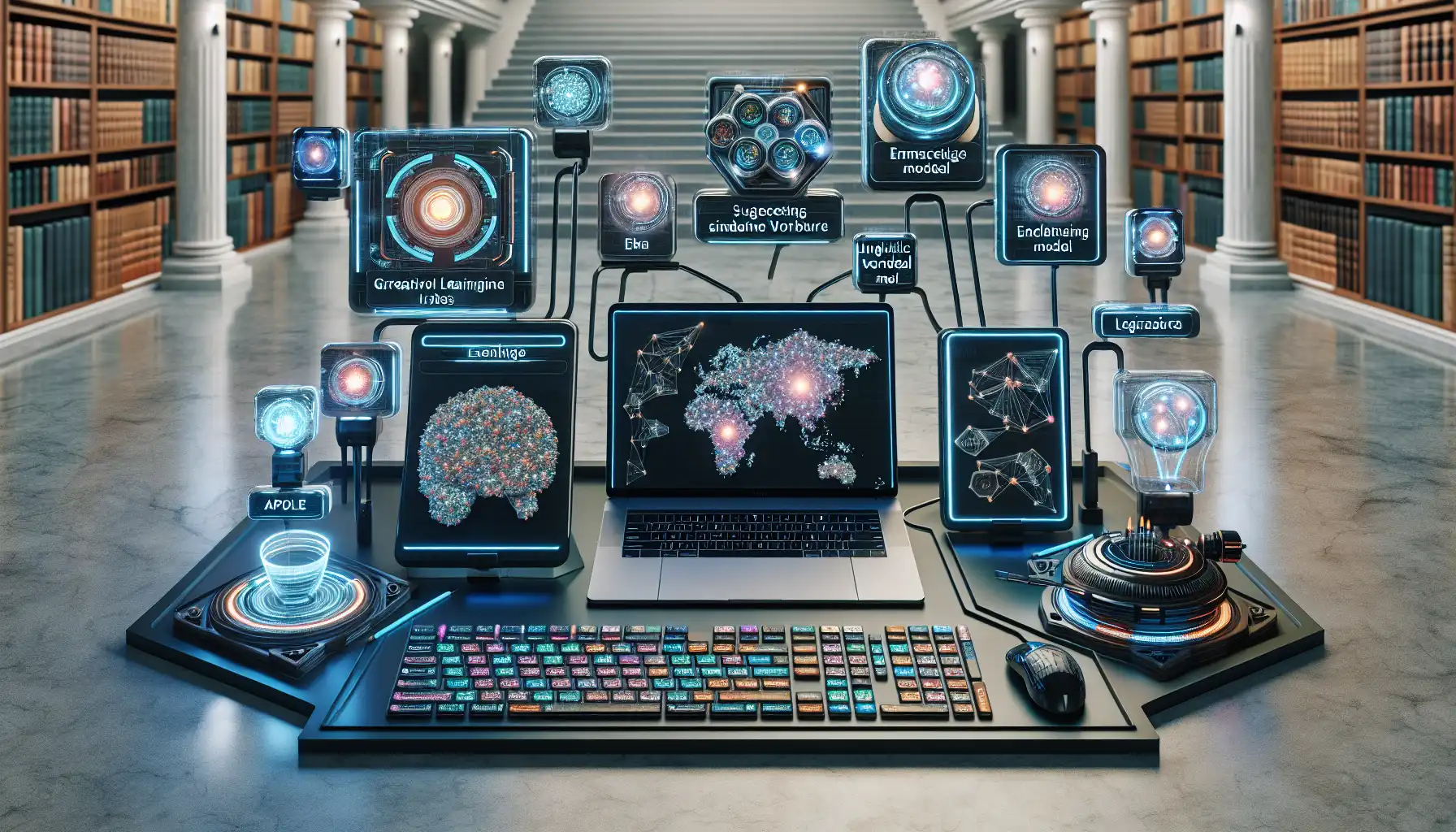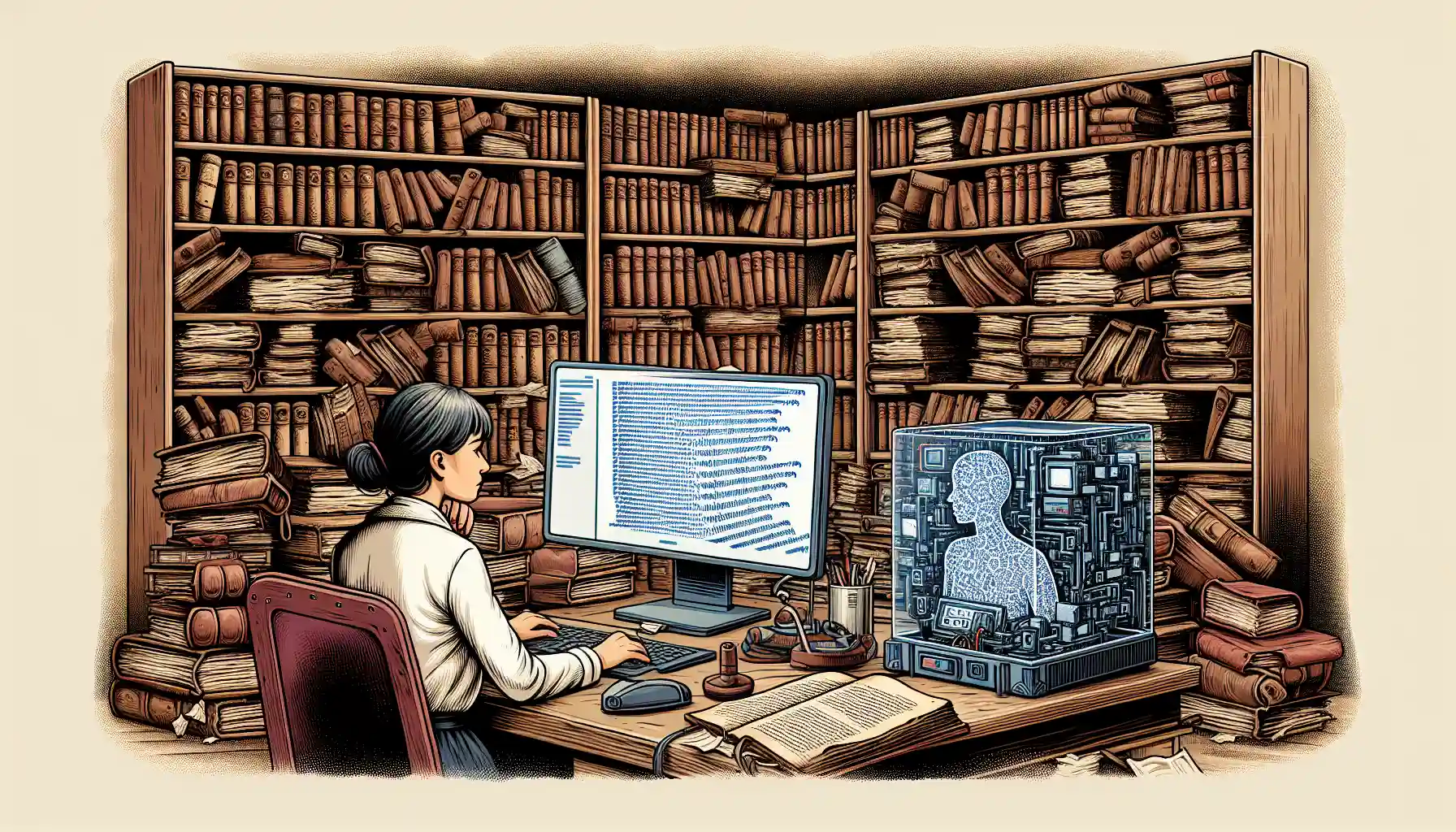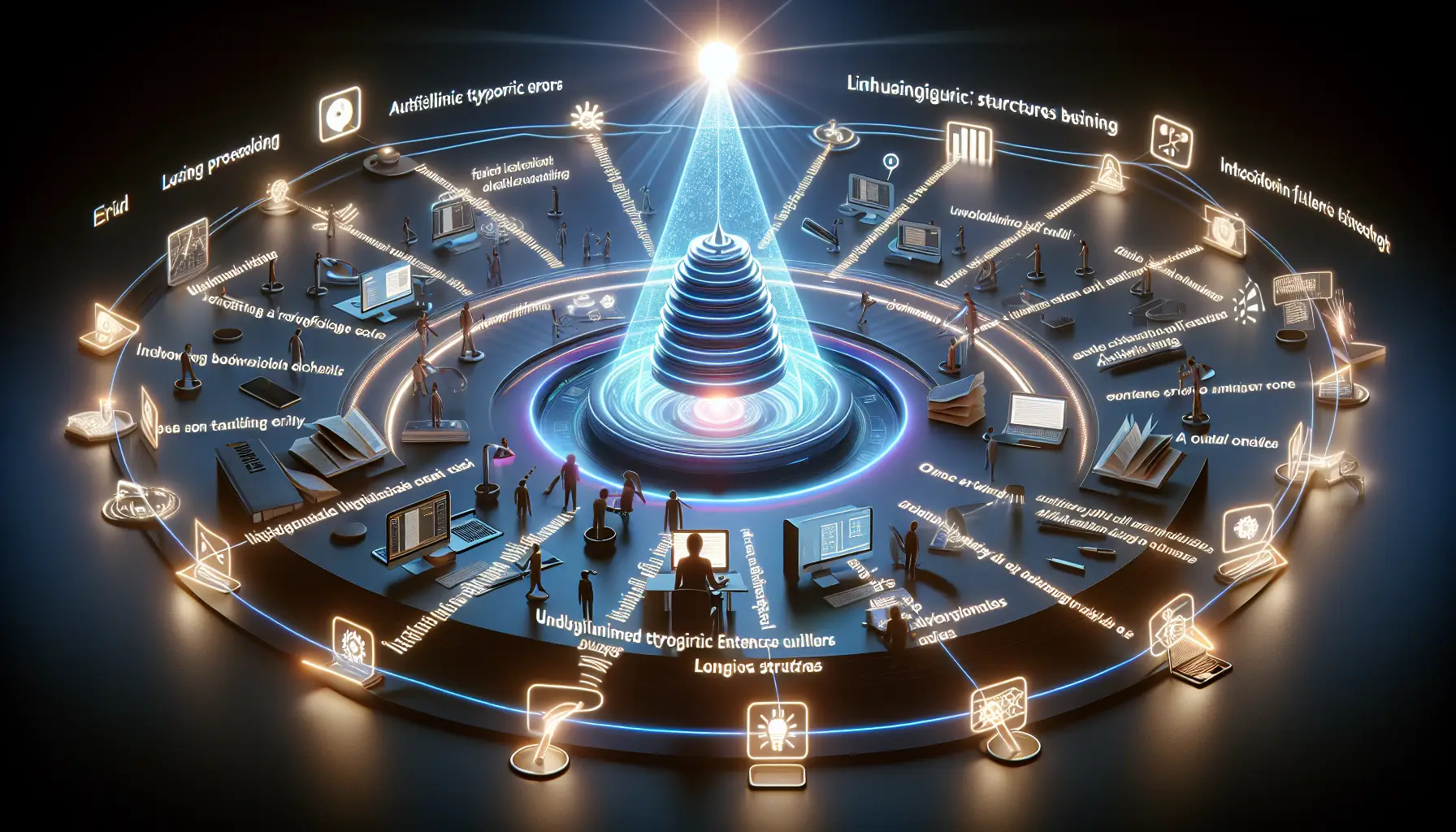How Machine Learning Enhances Proofreading for Historical Romance Drafts
The Role of Machine Learning in Modern Proofreading
How Algorithms Learn the Art of Proofreading
Imagine a world where machines not only crunch numbers but also dive into the depths of human creativity, like your cherished historical romance drafts. Sounds like science fiction? Not anymore. With the magic of
machine learning, proofreading is no longer just about catching typos; it’s about understanding context, emotion, and tone.
Here’s how it works: machine learning algorithms are trained on massive libraries of text—everything from Shakespearean sonnets to modern-day tweets. These systems don’t just memorize; they analyze patterns, identify subtle inconsistencies, and even suggest ways to refine your prose. For example, if your heroine’s 18th-century dialogue suddenly sounds like she’s texting her BFF, the algorithm might flag it. It’s like having an eagle-eyed editor who never sleeps.
What’s particularly fascinating is the way these tools adapt over time. They’re like apprentices, constantly learning from every draft they process. And while they can’t yet appreciate the swoon-worthy charm of your brooding duke, they can ensure his declarations of love remain era-appropriate and grammatically flawless. Isn’t that a partnership worth exploring?
Key Benefits of Using AI for Historical Romance Editing

Breathing Life into Historical Romance with Machine Learning
Imagine this: you're lost in the 18th century, weaving tales of stolen glances and candlelit letters. Your draft is bursting with passion, but let's face it—every writer knows the heartbreak of typos, historical inconsistencies, or clunky phrases breaking the spell. Enter
machine learning, your quiet but brilliant co-writer, armed with tools to polish your prose until it gleams like a Regency ballroom chandelier.
What makes AI proofreading such a game-changer for historical romance? It's not just about spotting misplaced commas (though it does that with laser precision). These tools dive deep, analyzing context and tone to ensure your characters sound like they belong in another century. Forget awkward modernisms slipping into your hero’s heartfelt declaration—AI catches those faster than a scandal spreads in a Jane Austen novel.
- Historical accuracy checks: Does your duke mention something that didn’t exist in 1815? AI knows.
- Emotion refinement: From fiery arguments to tender whispers, machine learning ensures your words evoke the exact feelings you want.
Think of it as the unseen editor who helps you create a seamless dance between history and romance—without stealing the spotlight from your creative spark.
Machine Learning Tools Tailored for Creative Writing

Transforming Your Historical Romance Drafts with Machine Learning Magic
Imagine this: your latest historical romance draft, brimming with passion and intrigue, finally gets the polish it deserves—without spending hours hunched over your keyboard. That’s the transformative power of
machine learning tools. These aren’t your run-of-the-mill grammar checkers; they’re your literary sidekicks, trained to recognize not just errors but the subtle elegance of your creative voice.
Let’s say you’re writing a scene set in Regency-era London. Your hero is brooding, your heroine is defiant, and the atmosphere crackles with tension. A traditional spell-check might flag your use of “whilst” as outdated. But a machine learning tool? It understands that “whilst” fits perfectly into your 19th-century narrative. It’s like having a digital editor who knows Austen from Brontë.
Here’s what these tools can do for you:
- Spot anachronistic phrases that might jar your readers out of the story.
- Suggest synonyms that elevate your prose without sounding out of place.
- Analyze sentence flow to ensure every word pulls its weight.
With
machine learning, your draft doesn’t just improve—it evolves. Every chapter becomes sharper, more authentic, and irresistibly immersive.
Challenges in Applying AI to Historical Romance Drafts

The Intricacies of AI and Historical Romance Nuances
Ah, the allure of a historical romance draft—where corsets, candlelight, and clandestine glances take center stage. But let’s face it: proofreading these drafts is no walk in the Regency garden. Enter
machine learning, eager to assist, but oh, what a tangled web it must navigate!
First, there’s the language itself. Historical romances often embrace archaic phrasing or terms long out of fashion. Imagine a machine tripping over “thou” or fumbling with “perchance.” It’s like handing Shakespeare to a spellcheck from 2010. Then, there’s the challenge of tone. A single misplaced word can turn a sweeping declaration of love into something unintentionally hilarious—or worse, modern.
And don’t get me started on the historical details. AI might flag “bonnet” as a typo for “bonito,” unaware that one belongs on a lady’s head and the other on a fisherman’s hook. To truly enhance proofreading here,
AI must learn to be both historian and poet, weaving through layers of context with precision and grace. Otherwise? It's like asking a ballroom musician to play punk rock—it just doesn’t fit.
Future Trends in AI-Powered Proofreading for Authors

The Romantic Revolution of AI in Proofreading
Picture this: your historical romance draft, brimming with stolen glances and candlelit confessions, finally polished to perfection—not by a weary editor, but by an AI tool with the finesse of a seasoned grammarian. Sounds like magic, doesn’t it? Well, welcome to the future.
With the rise of machine learning, proofreading isn’t just about spotting typos anymore; it’s about understanding the soul of your story. These tools can identify when your Regency heroine’s dialogue sounds too modern or when your descriptions of Victorian ballrooms lack authenticity. And they don’t just stop there—they adapt, learn, and evolve as you write.
- Contextual feedback: Did you accidentally mix up a corset with a crinoline? AI catches these slip-ups while keeping the flow intact.
- Emotional tone checks: Ensure your love scenes drip with longing, not awkwardness.
What’s truly breathtaking is how AI respects your voice. It’s like having a co-author who whispers, “Hey, maybe this Earl wouldn’t use that slang,” without stealing the quill from your hand.





